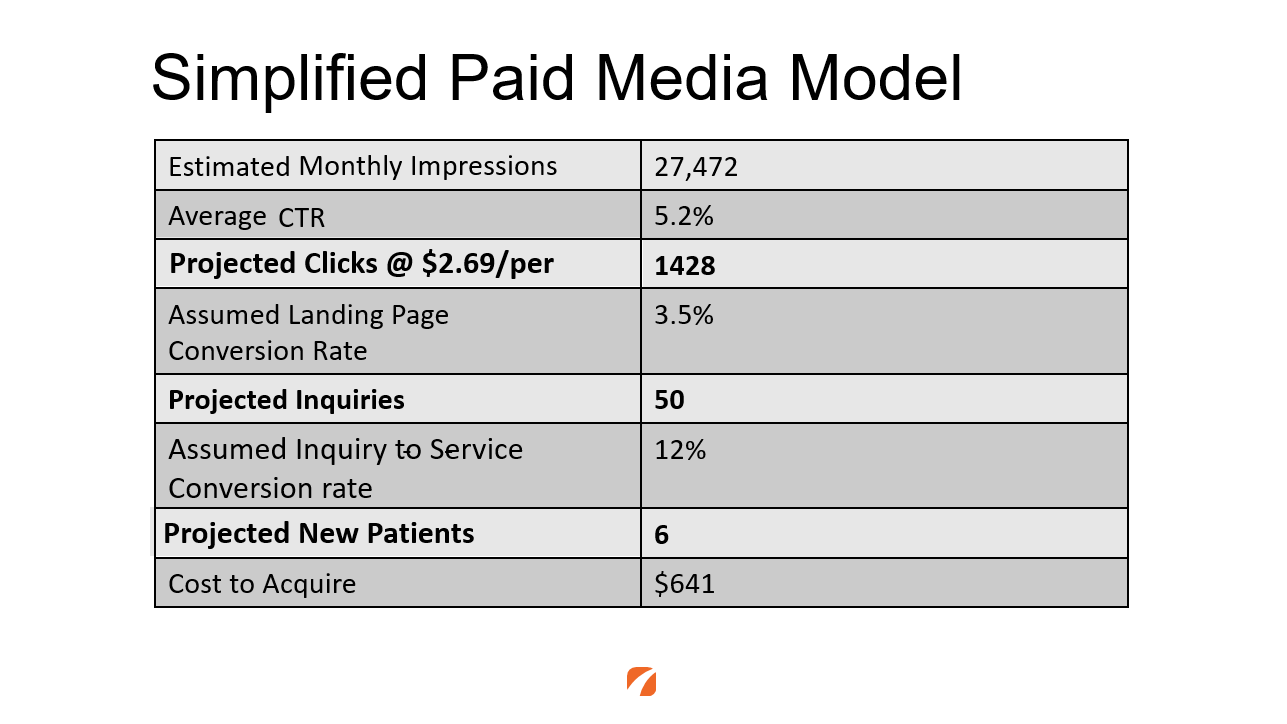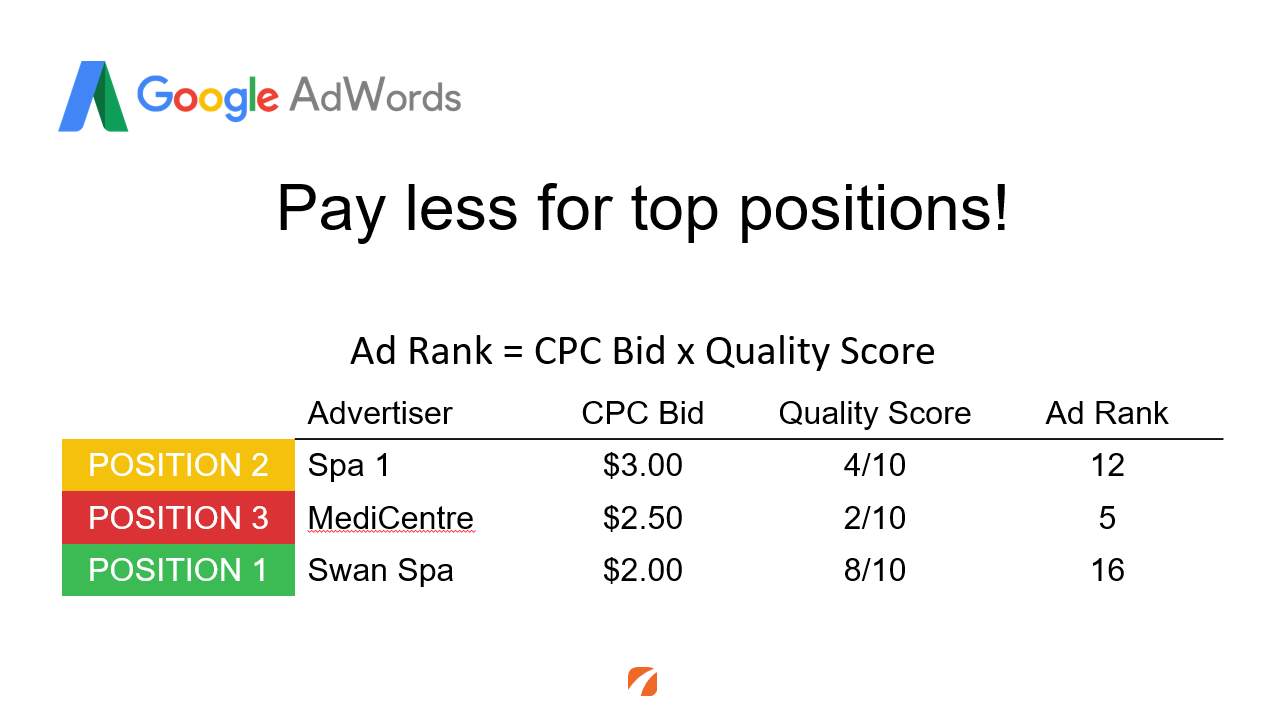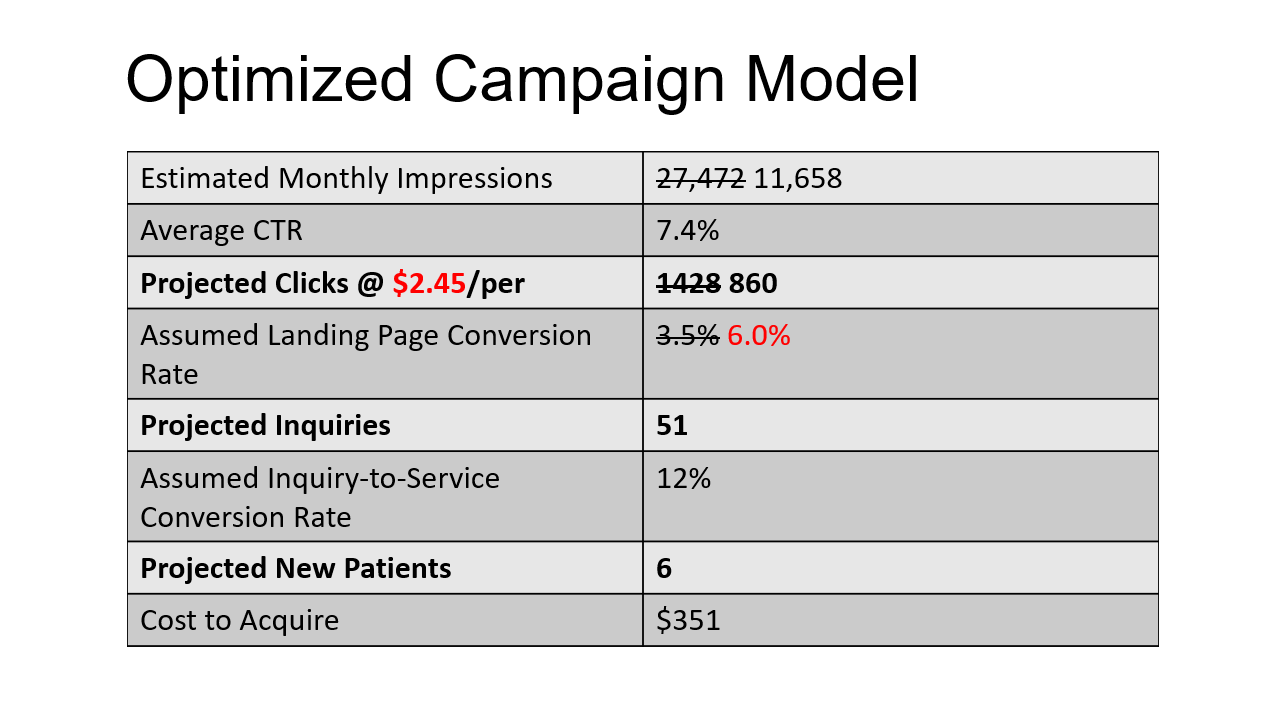When it comes to marketing your business online, paid media is more important now than ever. Platforms such as Google, Facebook, YouTube, and even Google Maps are reducing the amount of organic traffic and increasing the amount of paid traffic. What does this mean for your business? Ultimately, it means that paying for some of your traffic is inevitable. Businesses that are marketing online are constantly competing in a pay-to-play arena, which is why having a strategic approach and game plan for paid media is crucial.
In our latest blog post, Etna COO Sean Collier discusses the importance of utilizing a paid media model, why and how you can put the model to use, and getting the most out of your results to ensure an increased conversion rate for your practice.
Video Transcription
Alphabet, the parent company of Google made $26.6 billion dollars in Q1 of 2018 selling ads. Think about that for a minute. 86% of their total revenues were from selling ads. Clearly, they’re the kings of monetizing search and this matters to you because it has an impact on your digital marketing spend.
I’m Sean Collier from Etna Interactive. I’m going to talk to you today about why you need to build a model for your paid media spend. I’m going to give you a little bit of the why, a little bit of the how and a little bit of use. We want to talk to you about the trends that are happening in this space and make sure you know what to do, when to do it and how to do it.
The largest platforms in the world like Google, Facebook, Instagram, YouTube, even Maps are reducing the amount of organic traffic going to your sites and increasing the amount of paid traffic. This has a huge impact to you. You need to understand it because your competitors will be able to quickly leverage paid media to reduce that amount of organic traffic and steal your visitors and, therefore, customers. We continue to see and experience news from these platforms that continue to monetize and sell ad space. Platforms that once used to give us tools to publish content now will allow us to publish it but wants to pay for it. Even platforms that gave us ways to reach customers are now saying we must spend to reach those same customers. Highly focused platforms like RealSelf are now looking for ways to monetize their business further. All of these are reasons why you need to think about paid media and have a plan for what you’re going to do.
That leads us to the model.
Monetized platforms require more planning.
Some view these monetization changes as a negative or overbearing. I really think they’re an opportunity, much like the Rover you see in front of you. The opportunity, or this vehicle that we have in front of us, is to really target the consumers who want to buy. Having a model that allows you to focus in on certain keywords, certain customers at certain times, being able to turn it up and turn it down, and really being able to experiment is what paid media is about and what we really want to build in a model.
So, what is a model? It’s a game plan — just like your X’s and O’s, we want to figure out where we want to go with this and when we want to do it. Let’s talk about the key components of that model.
- Setting goals. This should be a financial output.
- Establishing a model. Ask, “What does the model need be? I know what keywords to look for. I know what services I want to offer.”
- Tuning your model. Improving and optimizing your model for best possible results.
- Continual test and improvement. Experiment for different aspects of your model to discover what works and what doesn’t.
- Purpose-built landing pages. Make sure that you’re always using purpose-built landing pages when you’re running paid media.
So, let’s talk about the key inputs to this model.
5 key model inputs.
- Revenue goal
- Impression volume
- Cost per click for keywords in your goal (CPC)
- Click-through rate (CTR)
- Conversion rate of those clicks
Where did you get these inputs? Two of them come from you: the financial goals and the conversion rate. Those will come out of your Analytics and out of your annual planning, probably. Three of them, however, are going to come from the platforms themselves. I’ll talk about Google AdWords here. They have a tool called the Keyword Planner. When you insert certain keywords in there, it’ll give you your predictive search volumes, or your impressions. It’ll give you your cost per click (CPC) and your click-through rate (CTR). You’re going to take those values and plug them into a model.
So, let’s look at the model itself here. A lot of numbers are coming at us, so stay with me.

This is a simplified version of how we’ll initially build a model. We start with the impression volume. We plug in the keywords that we found in the in the Keyword Planner and we came up with a real-world example of 27,000 impressions for this particular client. We then looked at the click-through rate and the projected costs for these. We came up with a click-through rate of 5.2% (again, coming out of the planning tool) and $2.69. This led us to 1,400 clicks that we would expect to see across this set of keywords. From there, it’s some simple math to arrive at the end results. This particular client wasn’t using dedicated landing pages in this simplified model at the beginning of our journey with them, so we use their Analytics to find that they had a conversion rate onsite of about 3.5% — which is not too bad — but we know we can do better. 3.5% times that 1,400 clicks led us to about 50 leads. Those are phone calls or form fills. Their in-house conversion rate, meaning the rate that the doctor turned that lead into an actual service, was operating about 12%. Again, coming from their audited data, which led to 6 new patients. In the end, we arrive at what we call a CPA, or cost per acquisition, of $641. That’s not too bad. We turned 27,000 impressions into 6 patients and wound up with a $641 cost per acquisition.
What would you pay for a new patient? Is $641 worth it? Is that a lot of money? Is a little money? Well, that really depends on you. It depends on the service. That depends on your practice, but you should absolutely know that number. Once you do know that number, you can figure out:
- Where do I need to refine it?
- How do I need to improve it?
- Can I sell more of that?
- Do I need to sell less of that?
Now, get your model into use.
If you remember this scene from Glengarry Glen Ross, we use a similar principle of ‘always be testing’. We call it conversion rate optimization. You want to make sure that you’ve set up very specific tests (or experiments) inside of your platform. You’re paying for this traffic. You can highly optimize this traffic. You need to figure out where it’s working and where it’s not working. There are three main things that you want to test for here. You want to set up tests around your keywords in your regions to find out which keywords are working well, which ones are not, and which regions you can expand to or maybe which regions you need to compress to. Look for phrase match, look for negatives, set a goal there and attack it.
Next, you want to be attacking your ad copy and your landing pages. The ad copy is what appears inside of your search or inside the platform that’s monetizing you and, of course, your landing pages where you send that traffic. We want to look at the ad copy and make sure it directly correlates to the landing page; that it’s strong, it’s attractive, and that people are actually clicking on it.
Lastly, you want to make sure that your calls-to-actions and your offers are strong. Calls to actions can happen inside your ads. They can also happen inside of your landing pages. Find out what resonates with your consumer, and what drives them to submit that form or pick up that phone.
Pro tip here: Make sure to use landing pages — purpose-built landing pages. Sending paid traffic to your website might generate some results, but we can always generate better results with a dedicated landing page. Focus that consumer’s attention. Make them do what you want them to do.
After our testing and experimentation, we do want to optimize a few other trinkets here and there, so let’s talk about a few of those.
- Maximum bid values, desktop and mobile.
- Season, day of week, the time of day
- Desktop or mobile platforms – mobile is driving over 55% of traffic
- Search or display networks.
- Ad quality score.
If your provider or your team is not thinking about these optimizations cohesively, all of them working together, you’re probably not getting what you need out of paid media.
Let’s spend one quick moment on Google ad quality. It’s a comprehensive score that involves a number of factors: the performance of your landing page, your keyword relevancy, and your historical performance. All of these blend together to produce a score. Google uses this score to actually rank your ad, so when I do a search inside of the platform, the first few ads that I see are there because of what they bid and because of what their quality score was. We want to make sure that your ad is always at the top —the top ads get at least an 8% click-through rate. 8% is really good.

Looking at the model I have in front of you here, you can see that Spa 1 had a $3 CPC, or cost per click, but their ad quality score was only 4. Swan Spa had a $2 CPC, but an ad quality score of 8. That means even though Swan Spa was one dollar less than Spa 1, their ad always placed first. When you continually improve your ads, keywords, and landing pages, you also are improving your quality score, which will make sure that your ads appear at the top of the list.
So now let’s look at the optimized campaign data. In this model, we’re going to look at the same fields and we are really going to look at what we tuned and improved.
Let’s start with the conversion rate:

The landing page that we were able to produce for this client increased the conversion rate to 6% from 3.5%. This had an improvement in the number of clicks we needed. We only needed 860 clicks now, or 860 people that were clicking through from 1,400, which also improved, or reduced, the number of impressions required. We only needed 11,000 impressions. That had an improvement on the CPC. We were able to reduce the CPC from $2.69 to $2.45. We also saw improvements into the CTR up to 7.4%.
What’s important to see here is the simple improvements to the conversion rate had compounding effects to reduce the number of impressions and costs we needed. That trickles to the bottom line, or the CTA. You can see that our cost per acquisition here was only $351 down from $640. Huge improvement —making it much more viable that we could sell more ads, sell to lower cost services, or go to other directions and other service lines.
Make sure to optimize your model. Remember, models are really just a spreadsheet. They don’t tell you the truth and they definitely require regular revision. You need to plug in the numbers that are actually happening every day, all day long, as many times as possible. Get real data to populate your model and tell you what’s happening.
To that point: audit. You have to audit these leads that are coming in. That is your source of truth. Look at the audit data to find out: do these leads that come over the paid media channel actually turn into patients at the same rate as all of your other channels? We find that they act and convert at a higher rate, but you need to prove that for yourself, so make sure to do those audits.
Let’s summarize.
- You must pay for some of your traffic
- Build a model with logical data
- Test, improve, re-test
- Audit to prove your model
Now, with all that said, let’s go build your model. I’ve told you why you need to do it. I’ve told you what it is, a little bit about how. If you want to know more, you can subscribe to our newsletter, follow us on Facebook, or contact us directly.


Leave a Comment